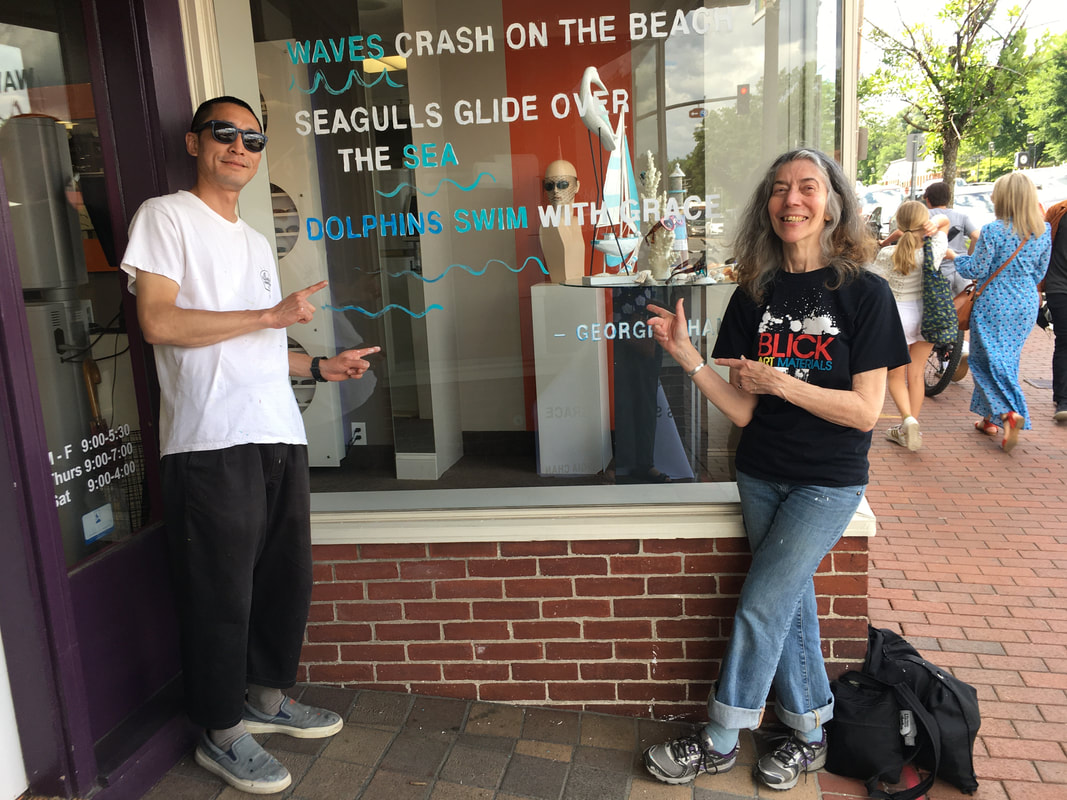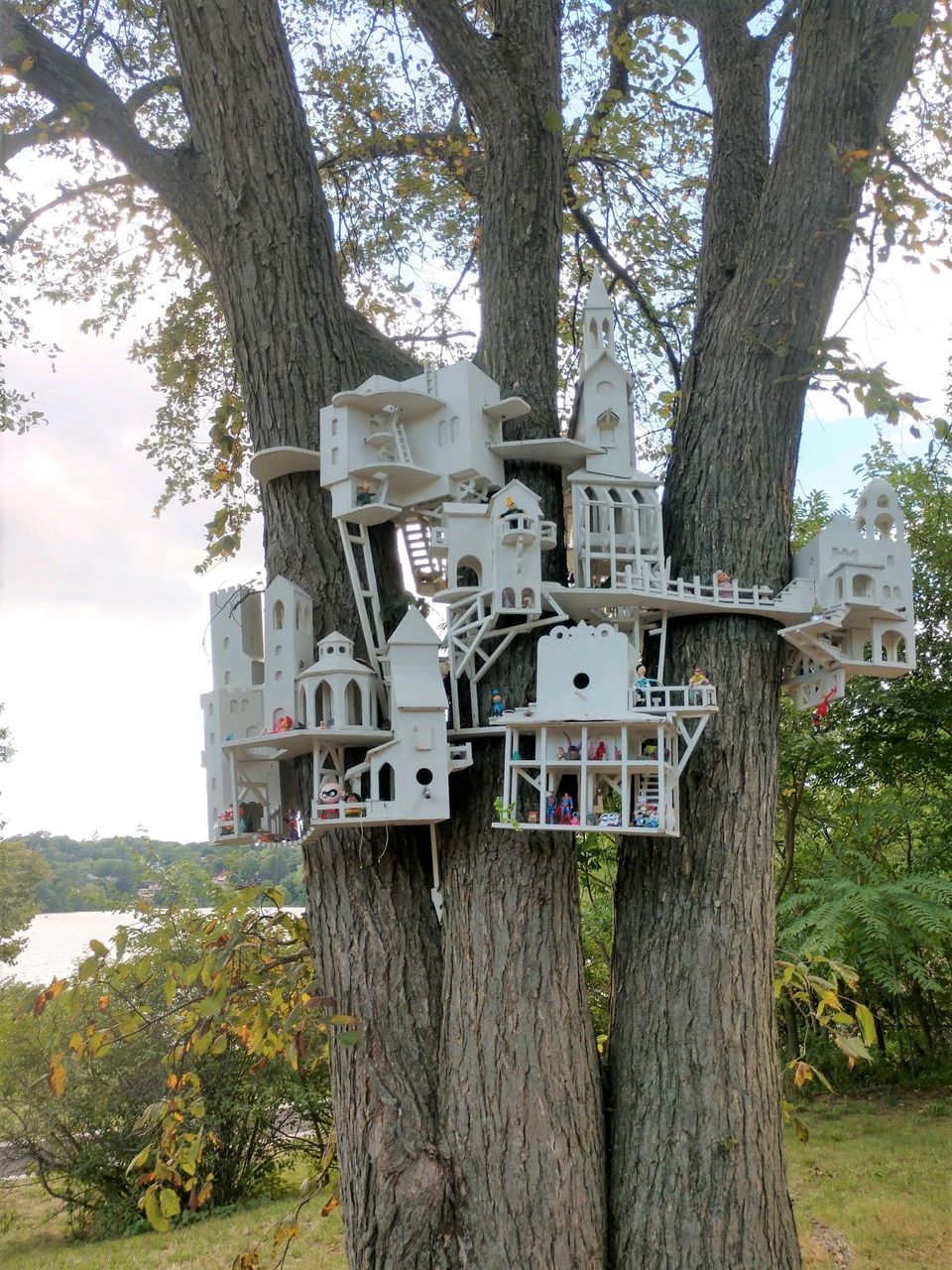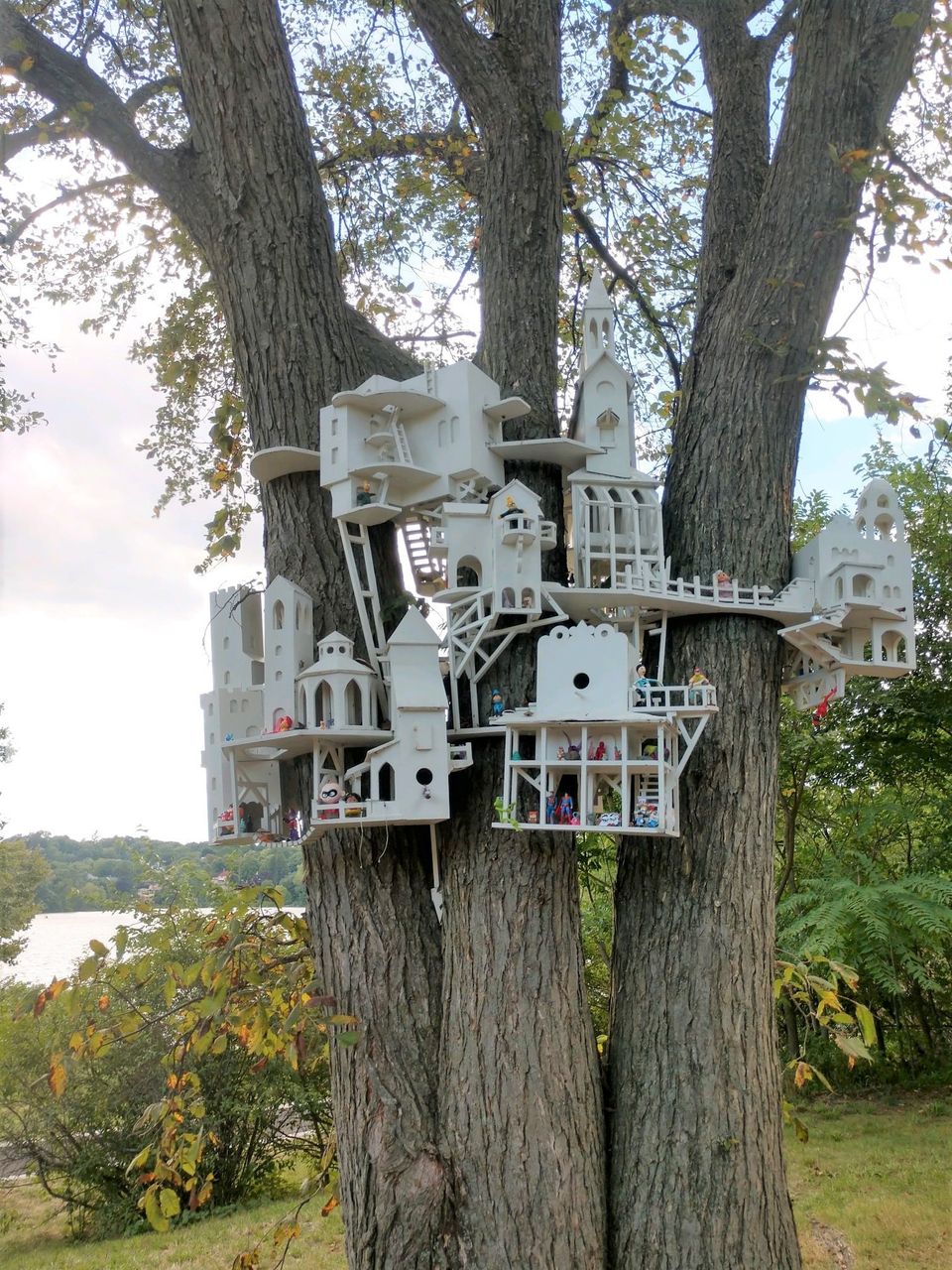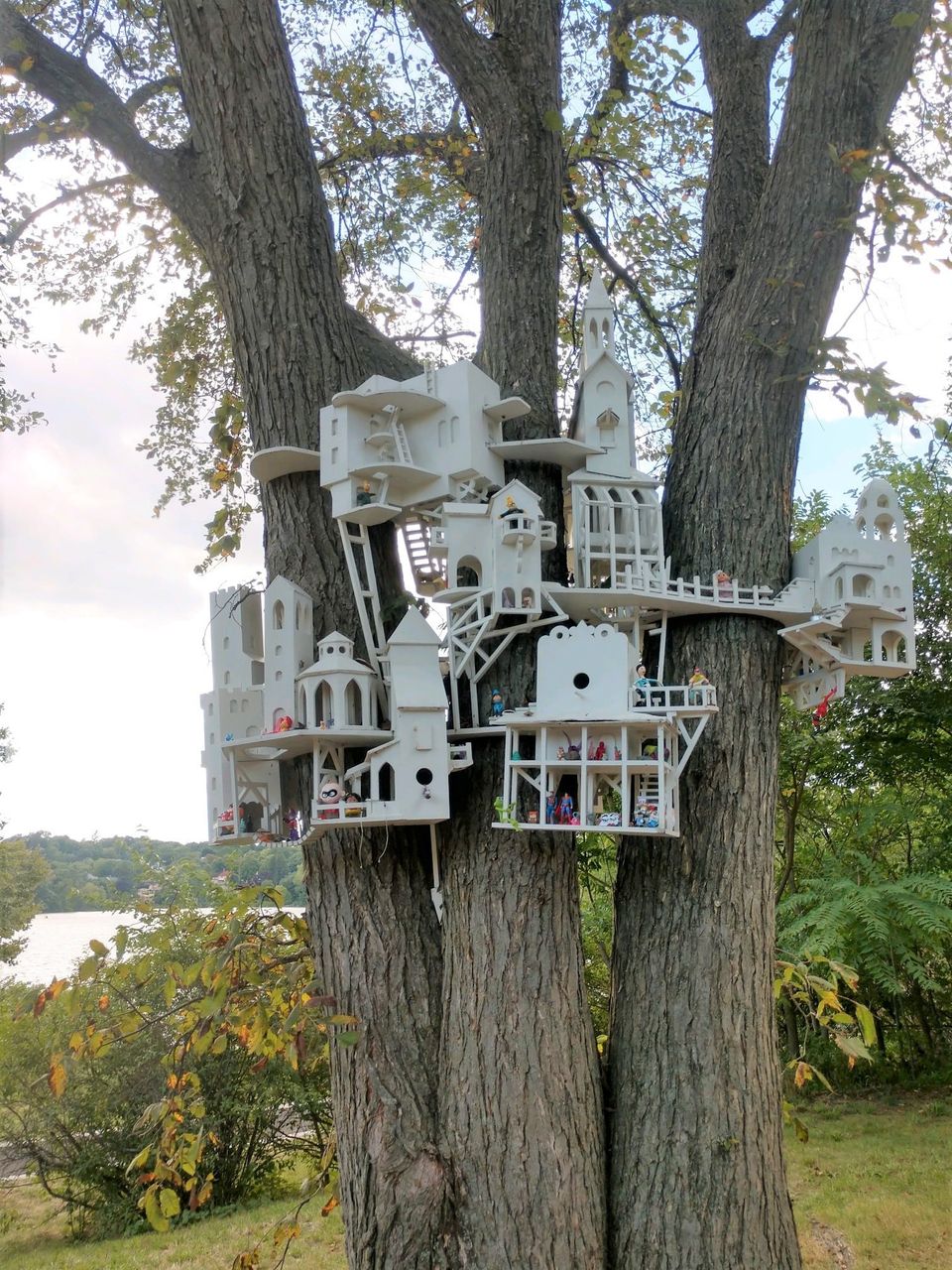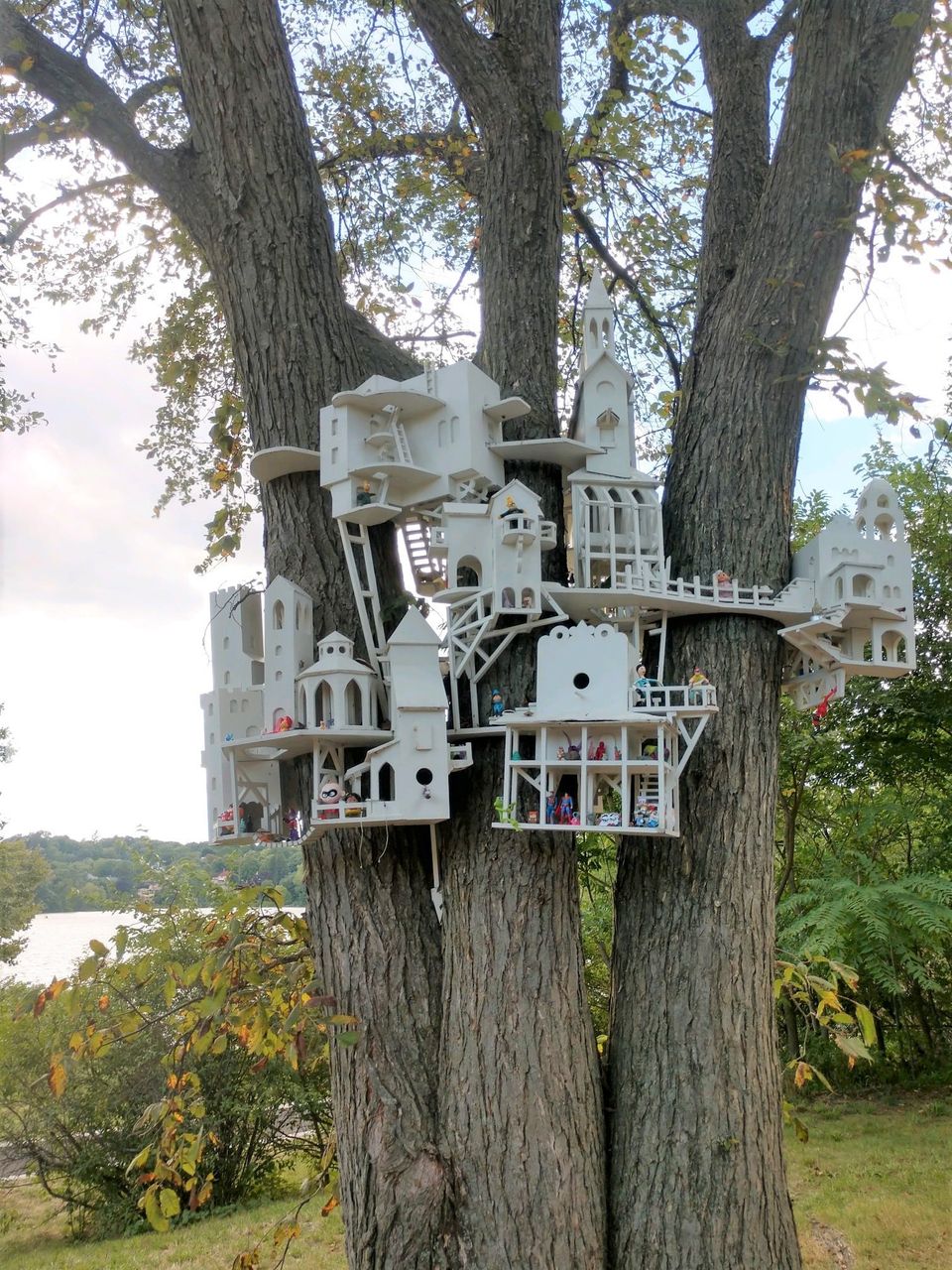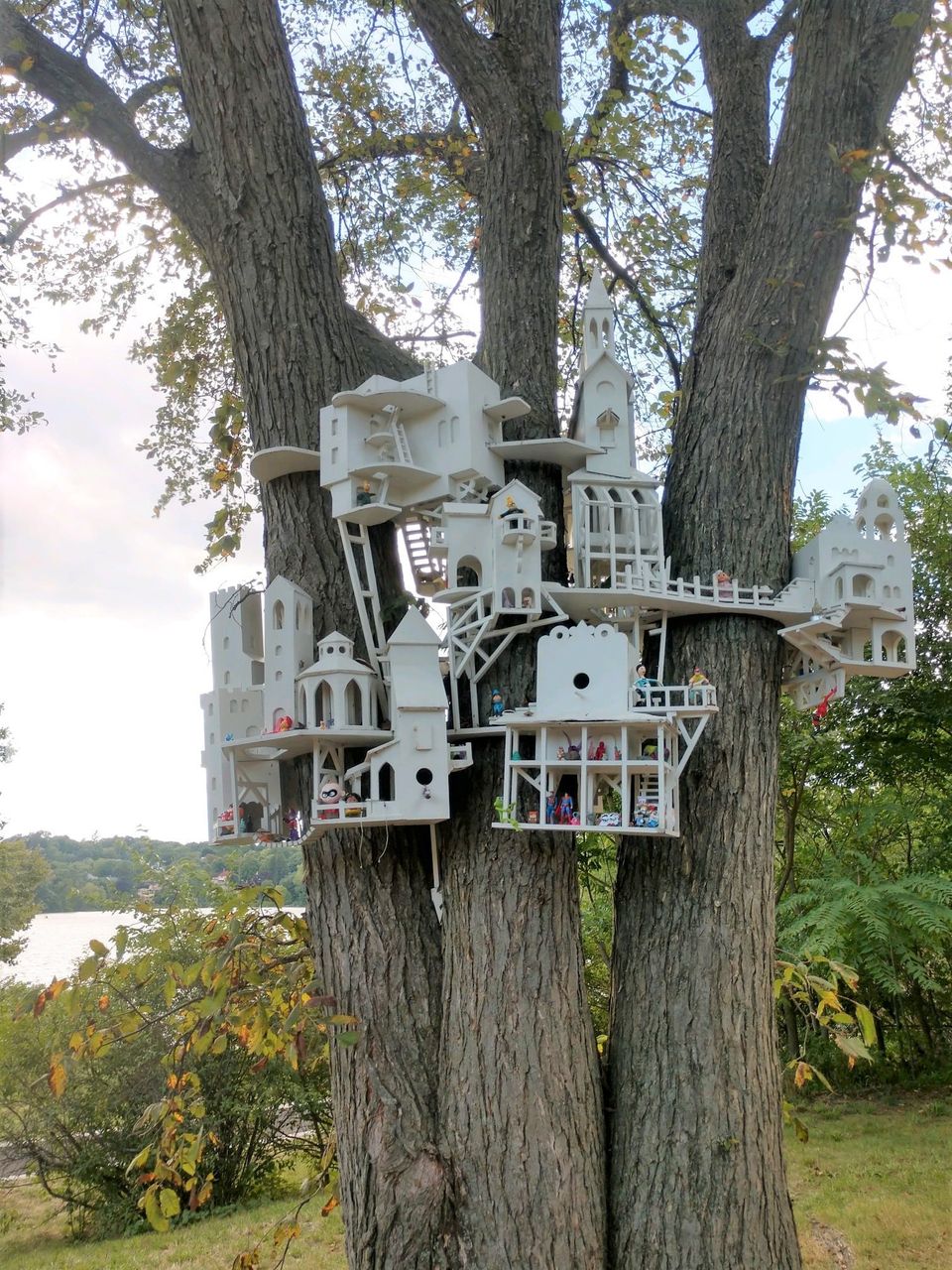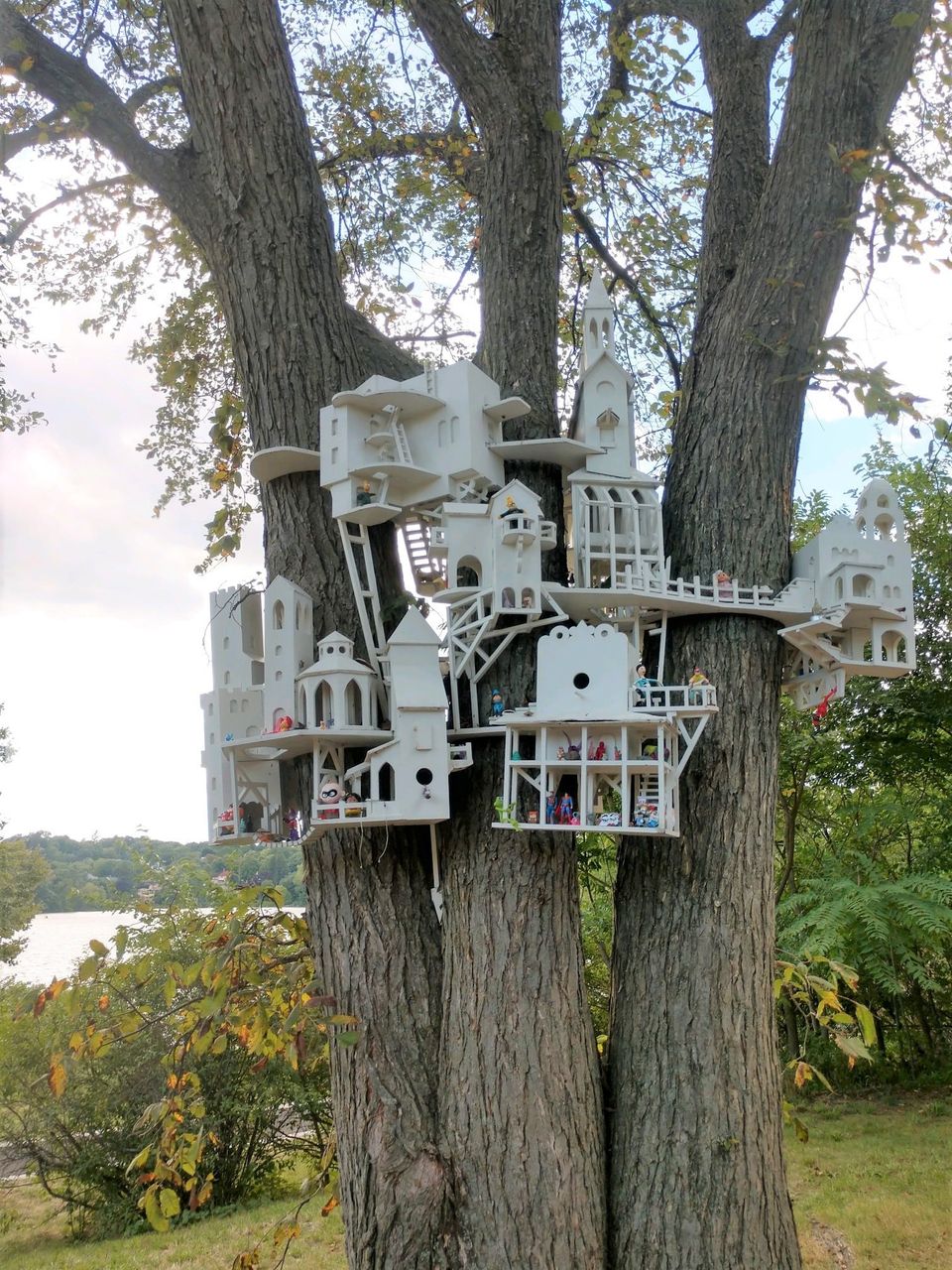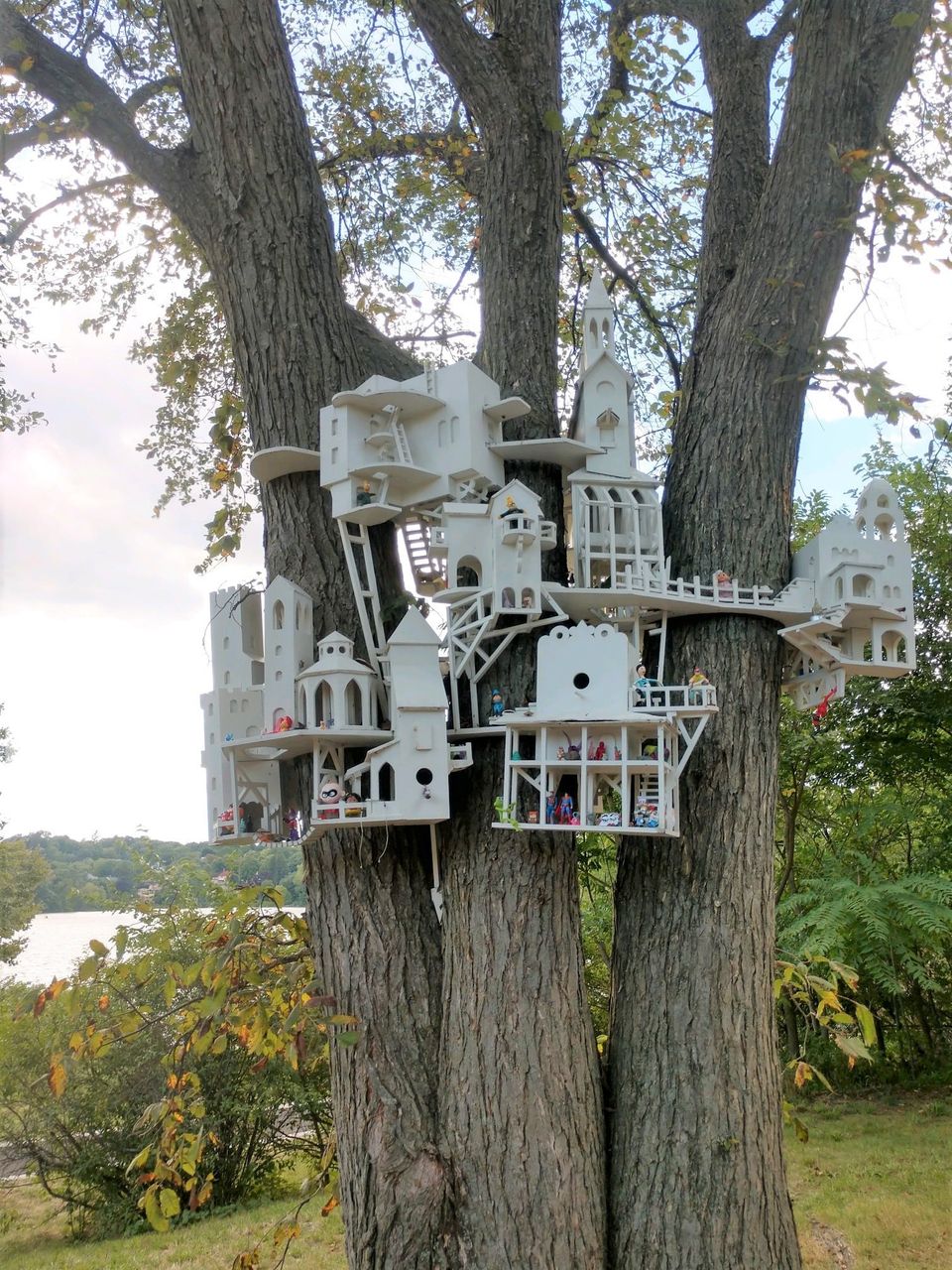NEIGHBORHOOD HAIKU COMES TO LEXINGTON CENTER
We’re celebrating Lexington with Neighborhood Haiku – a public art project bringing original poetry to storefront windows! Inspired by a successful project organized by our neighbors at the Arlington Commission for Arts & Culture, we’re inviting the whole Lexington community to take up pen and write a 3-line poem! Thirty haiku will be selected to be hand-painted in storefront windows as a way to show our local small businesses some love and showcase local creativity. All haiku will be published on LexArtsCouncil.org and all authors will be invited to read at a July celebration. So take the haiku challenge!
You can write on your own, collaborate with friends or family, or take a workshop. Anyone who lives, works, or spends time in and is inspired by Lexington is eligible to submit. Poems are due on June 1 via email to: LexingtonHaiku@gmail.com
What should the haiku be about? Whatever you like, but best to anchor your haiku in observation of the world around you. Community and conversation, local shops and restaurants, history and nature – there’s a lot here in Lexington to inspire your poems. Haiku offers a fun and challenging form to capture a moment or memory. You can pack a surprising amount into these short, short poems – 17 syllables max – but you have to pick each word strategically. Many haiku incorporate humor or have a surprise twist at the end.
One of the best ways to polish up your haiku skills and fire up your imagination is a workshop. Workshop schedule and registration, our Open Call, Rules, Inspiring Examples, and Links to Resources are all below.
You can write on your own, collaborate with friends or family, or take a workshop. Anyone who lives, works, or spends time in and is inspired by Lexington is eligible to submit. Poems are due on June 1 via email to: LexingtonHaiku@gmail.com
What should the haiku be about? Whatever you like, but best to anchor your haiku in observation of the world around you. Community and conversation, local shops and restaurants, history and nature – there’s a lot here in Lexington to inspire your poems. Haiku offers a fun and challenging form to capture a moment or memory. You can pack a surprising amount into these short, short poems – 17 syllables max – but you have to pick each word strategically. Many haiku incorporate humor or have a surprise twist at the end.
One of the best ways to polish up your haiku skills and fire up your imagination is a workshop. Workshop schedule and registration, our Open Call, Rules, Inspiring Examples, and Links to Resources are all below.
OPEN CALL: WRITE HAIKU ON YOUR OWN OR WITH FRIENDS & FAMILYThis project is open to people of all ages and cultural backgrounds with any level of writing experience. All are welcome to participate in workshops and to submit poems which will be published on the website of the Lexington Council for the Arts. You don’t have to live in Lexington, just draw inspiration from Lexington’s green spaces, neighborhoods, and history – write a place-based poem.
Please review the rules, inspiring examples and resource links lower down on this page as well as the FAQ section. If you still have questions or want help, please email us at: LexingtonHaiku@gmail.com |
NEIGHBORHOOD HAIKU COMPOSITION RULES
|
DEADLINE AND HOW TO SUBMIT
|
WHY HAIKU?Although haiku originated in Japan, it has spread around the globe and been used by diverse poets to write poetry true to their experiences and perspective. With its compact form, haiku is most often used to call attention to small, closely observed moments in the human or natural world. Powerful yet accessible, these three-lined poems can use contrast, humor or surprise to create a shift in mood. Their short, sharp images often provoke longer reflection. Check out our Inspiring Examples (below) to get a sense of the variety. With the constraint of no more than 17 syllables (you can use fewer), haiku offers an engaging opportunity to play with words and see how much you can say in as few words as possible. We invite you to give it a try!
|
INSPIRING EXAMPLESPoet and teacher Jessie Brown worked with Cecily Miller to launch the inaugural version of Neighborhood Haiku in Arlington Heights in 2021. Jessie chose examples of haiku written by a diverse group of poets, including local folks, youth, and published poets. You will also find some examples from the 2018 Bikeway Haiku, organized by Cecily in collaboration with the Bicycle Committees of Arlington, Lexington and Bedford to celebrate the 25th Anniversary of the Minuteman Bikeway. Take a look here.
|
INSPIRING EXAMPLESPoet and teacher Jessie Brown worked with Cecily Miller to launch the inaugural version of Neighborhood Haiku in Arlington Heights in 2021. Jessie chose examples of haiku written by a diverse group of poets, including local folks, youth, and published poets. You will also find some examples from the 2018 Bikeway Haiku, organized by Cecily in collaboration with the Bicycle Committees of Arlington, Lexington and Bedford to celebrate the 25th Anniversary of the Minuteman Bikeway. Take a look here:
http://artsarlington.org/programs/haiku-inspiration/ [please make sure this link opens in another tab] |
Selection ProcessA selection committee of poets will choose up to 30 original haiku for installation in storefront windows. Although writers may suggest a window location for their submission, the project organizers will be responsible for choosing the installation sites for selected haiku. Additional haiku may be selected for display in public spaces as other opportunities arise.
|
When is it?
|
The week of June 6-12, 2022 (week to be changed) is intended as a family-friendly cross-town celebration, with a map to show locations of the homes, scavenger hunts for children, and opportunities for participants of all ages to create their own.
For more information, contact us lexingtonarts@gmail.com |
|
|
When is it?
Project TeamLaurie Bogdan, Project Manager
Jessie Brown, Poetry Advisor and Workshop Leader Cecily Miller, Artistic Director Kenji Nakayama, Artist and Sign Painter Stephen Poltorzycki, Project Champion/Lexington Arts Council Member |
Project PartnersCary Library
Lexington Historical Society |
Project SupportersNeighborhood Haiku in Lexington is supported by a grant from the Massachusetts Cultural Council, a state agency
Additional funds provided by the Lexington Arts Council and donations from local business supporters. |
|
|
FAQ
Who can enter?
We encourage submissions from writers of all ages, as well as writers of any cultural background.
Do I need to live or work in Lexington?
No. To participate in a workshop or submit poems, you just need to be familiar with Lexington and draw inspiration from its unique qualities. What do you notice here? It may help to take what the Japanese call a “ginko walk” in preparation for writing – with all your senses open, stroll around streets, go into shops, and explore local parks. What strikes you?
Can I submit with a friend?
Absolutely. We encourage friends or family members to collaborate
Are workshops required?
No, but if you attend one, you’ll learn strategies for writing more powerful poems, to get the attention of readers and listeners!
Do the haikus have to be for specific windows?
No. They just need to reflect neighborhood experiences that people can identify with. To write a more site specific poem you can, however, center your haiku on a story or observation about a particular local shop. Make sure that your haiku does not end up being an advertisement or review for a business.
How do you choose locations for the winning haiku?
It depends on how many businesses participate. Authors can make suggestions, but the project team is responsible for matching displays with sites throughout the neighborhood.
What will the window displays look like?
Each will be different, hand-painted by our team of artist volunteers.
How can I join the team of artist volunteers?
We are looking for creative folks to join us. Just send an email to LexingtonHaiku@gmail.com with the subject “painting haiku” and we’ll get back to you.
What makes a winning haiku?
Besides the basic format (see “Why Haiku?” “Examples” and “Rules” above), the best haiku rely on fragments and phrases, rather than full sentences. They use sharp images that appeal to the senses (sight, sound, taste, texture, smell) to create an “aha” moment for the reader. Some contain a twist or a surprise in their compact form. They compel a response – sometimes laughter, sometimes reflection, sometimes a wistful feeling. Come to a workshop to learn more!

